
Week's Best Space Pictures: Cassini's Crescent and Cassiopeia's Soul
By Jane J. Lee, National Geographic News, 21 March 2014.
By Jane J. Lee, National Geographic News, 21 March 2014.
Mars carves new channels and amateurs catch a falling star in this week's best space pictures.
1. Monkey Head Nebula
Happy birthday, Hubble. Astronomers snapped this image of the Monkey Head Nebula - released on March 17 - in honour of the famous space telescope's 24 years in orbit.
The nebula, formally known as NGC 2174, resides 6,400 light-years away, within the Orion constellation. It's a region known as a stellar nursery, where clouds of gas and dust coalesce to form young stars. (Learn more about star formation.)
2. Cassini's Crescent
Saturn looms as a thin crescent in this image, released on March 17, taken by cameras on board the international Cassini spacecraft.
Part of the planet's famed rings paint the left side of the image, breaking up Saturn's profile. Cassini captured the image from 1.4 million miles (2.3 million kilometres) away, in orbit around the ringed planet. (See "Saturn's Largest Moon Would Host Really, Really Weird Life.")
3. Mars's New Channel
Before (left) and after (right) comparison of the Terra Sirenum region on Mars reveal a new gully (arrow) carved sometime between November 2010 and May 2013. Cameras aboard the Mars Reconnaissance Orbiter took the images.
Although it looks similar to gullies on Earth that are formed by flowing water, this Martian gully is likely the result of carbon dioxide frost, or dry ice. Planetary scientists can't be sure exactly when the new channel formed, but similar occurrences tend to happen during winter on the red planet. (See "Martian 'Blueberries' Really Pieces of Meteorites?")
4. Burning Up
A meteor streaks through the night sky near Wellington, New Zealand, in an image submitted to Your Shot on March 16.
Mark Gee travelled 20 minutes outside the city to photograph part of the Milky Way galaxy (map), and was lucky enough to catch a falling star.
5. Golden Knots
International Space Station astronauts snapped an intriguing view of Utah's Green River, a section known as Bowknot Bend. The meandering river (dark blue-green) has cut a canyon nearly a thousand feet (305 meters) deep over many millennia.
The image, released March 14, also caught the contrail of an airplane (white streak, lower left) as it flew over the area. (Learn about life in space on the National Geographic Channel.)
6. Heart and Soul
An amateur stargazer captured this image of the Heart and Soul Nebulae from Ocala, Florida. Submitted to Your Shot on March 16, Steven Coates stitched together multiple images from several cameras to produce this composite picture.
The nebula resides within the constellation Cassiopeia, about 6,000 light-years away from Earth.
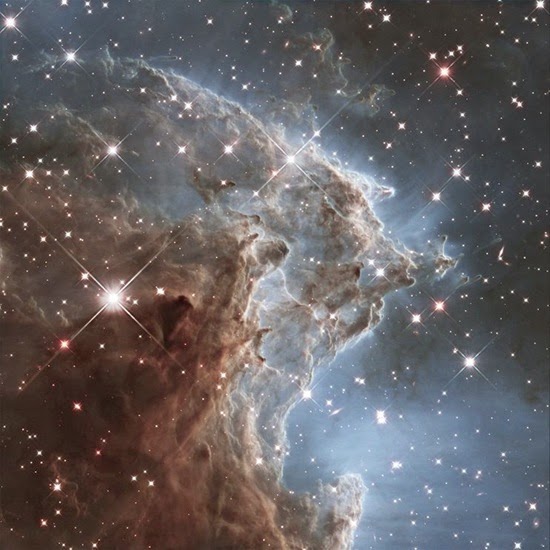
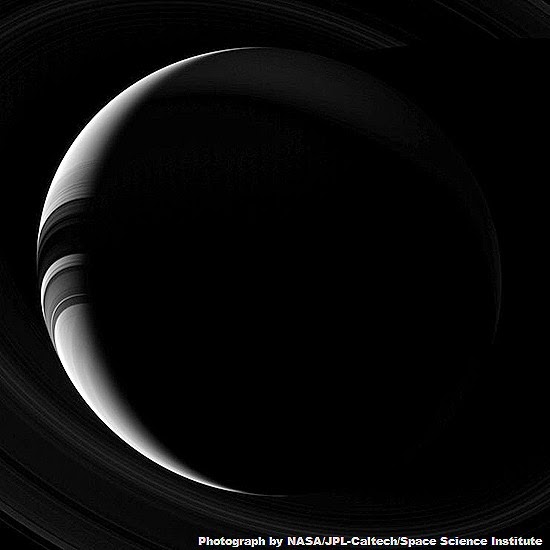
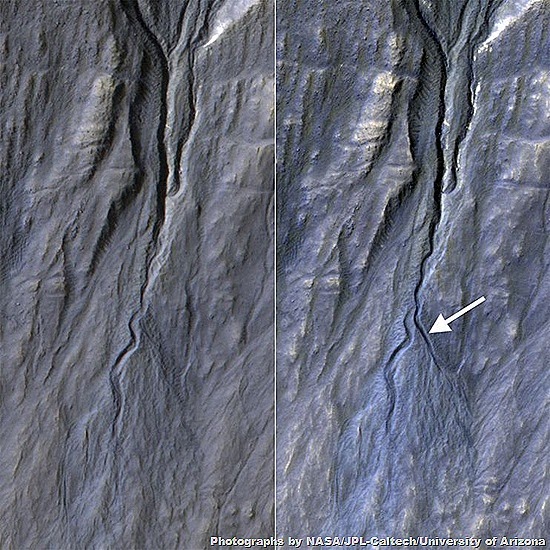
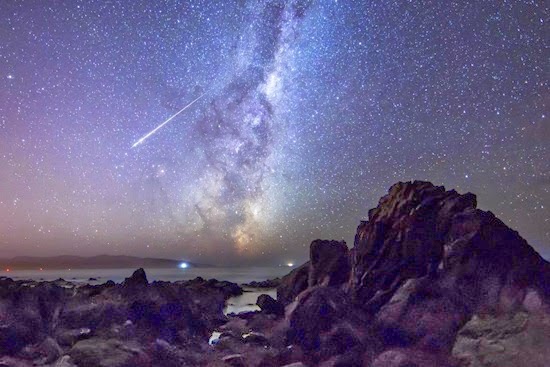
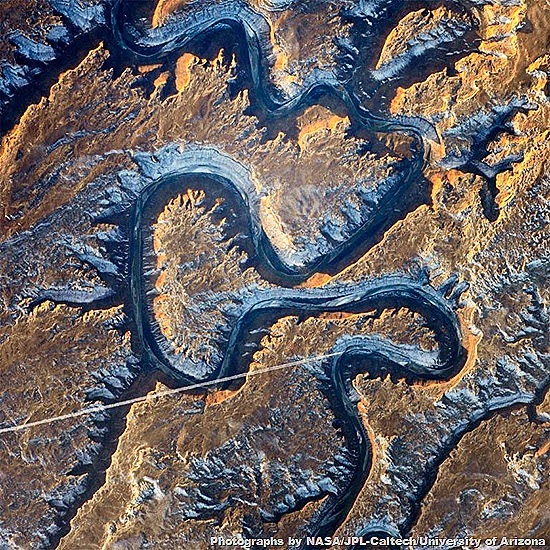
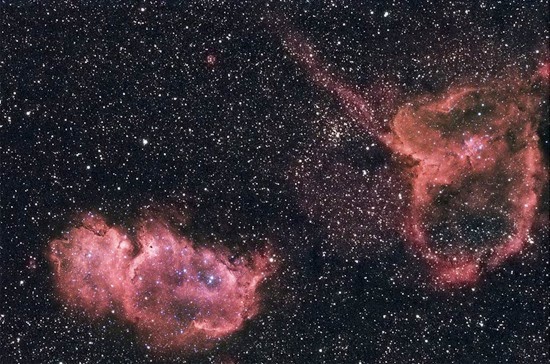
No comments:
Post a Comment
Please adhere to proper blog etiquette when posting your comments. This blog owner will exercise his absolution discretion in allowing or rejecting any comments that are deemed seditious, defamatory, libelous, racist, vulgar, insulting, and other remarks that exhibit similar characteristics. If you insist on using anonymous comments, please write your name or other IDs at the end of your message.